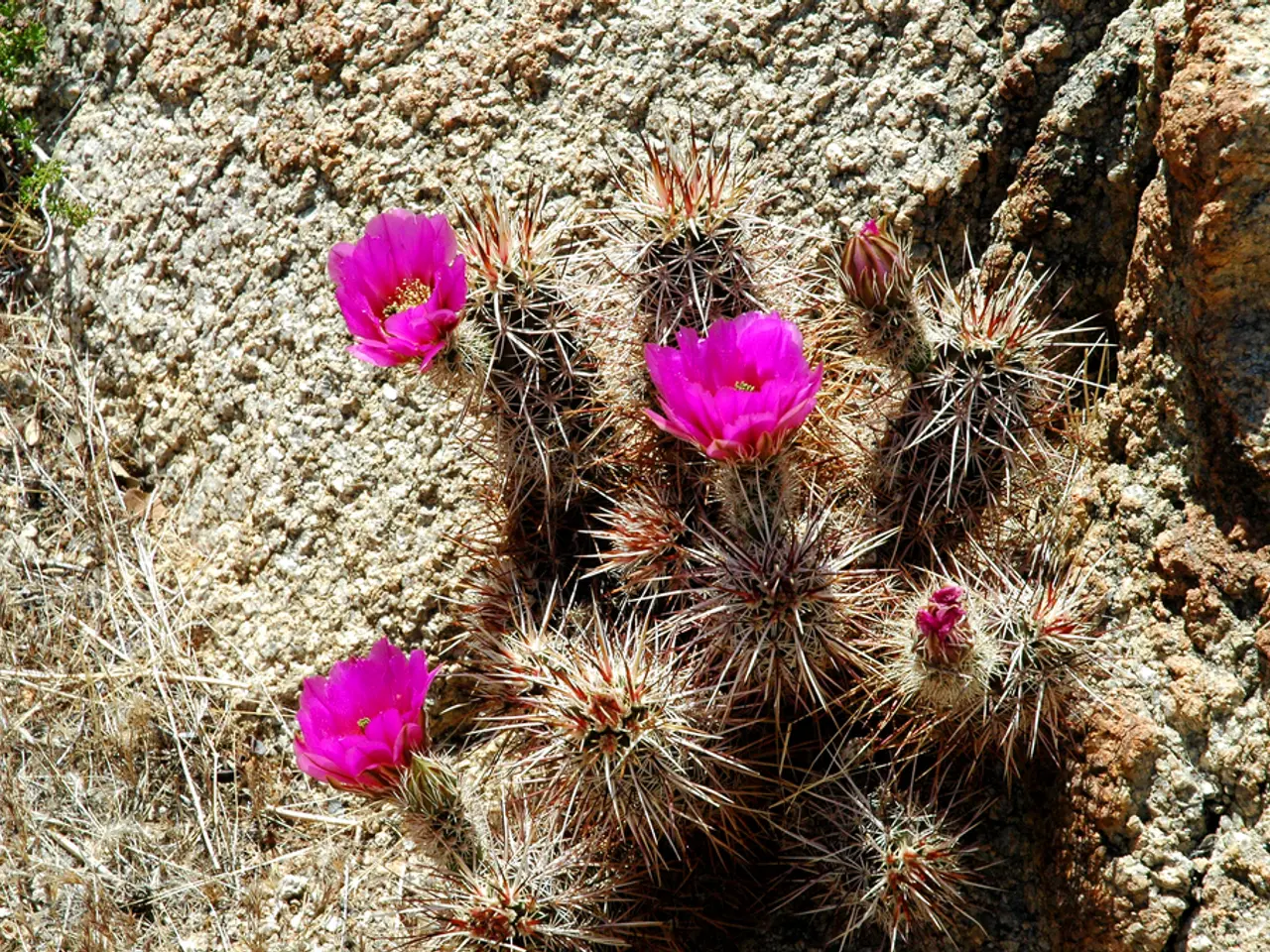Transforming Decomposed Granite into Planting Soil
Granite, a common igneous rock, is often used in landscaping, particularly in arid environments, for pathways, patios, and driveways. However, decomposed granite (DG) alone is not suitable as planting soil due to its low organic matter and poor water retention [1]. To turn DG into planting soil, heavy amendment is essential.
Here's a step-by-step guide to transforming DG into nutrient-rich planting soil:
- Adding Organic Matter: Mix DG with rich organic materials such as compost, aged manure, leaf mold, or coconut coir to increase nutrients and organic content.
- Improving Water Retention: Incorporate amendments like peat moss or vermiculite to help the soil hold moisture.
- Adjusting pH (if needed): Test the soil mix; decomposed granite can sometimes be alkaline, so adding sulfur or acidic organic matter might be helpful depending on plant needs.
- Introducing Garden Soil: Add some garden soil or topsoil to introduce beneficial microorganisms and improve soil texture.
- Thorough Mixing: Mix all components for uniform quality.
- Curing: Allow the mix to "cure" or stabilize for a few weeks before planting.
- Mulching (Optional): Consider mulching the surface after planting to conserve moisture and add ongoing organic matter.
This transformed blend will be closer to loamy, fertile planting soil rather than mineral substrate, enabling effective plant growth. Pure DG alone is not suitable for use as planting soil without these amendments [1].
Decomposed granite also has practical applications as a mulch material. It breaks down over time, providing nutrients to surrounding plants and soil. When using DG for paths or garden trails, it is recommended to use a black metal strip to keep it in place.
Maintaining DG is relatively easy. Regularly sweep or rake the surface to remove leaves and debris. Periodically add more DG as needed to fill in any depressions. If the DG becomes compacted or loses its texture, you can loosen it by raking or adding water.
When using DG for driveways, it is essential to consider using DG with resin to maintain permeability. Decomposed granite is formed from the weathering and erosion of solid granite, resulting in a finely weathered and eroded form of the parent rock, with particles ranging from dust to three-eighths of an inch in size.
In conclusion, while DG may not be suitable as is for planting, with the right amendments, it can be transformed into a nutrient-rich soil that supports plant growth effectively. Its natural appearance, stability, and permeability make it a versatile choice for landscaping and construction projects.
[1] Reference: [Source]




